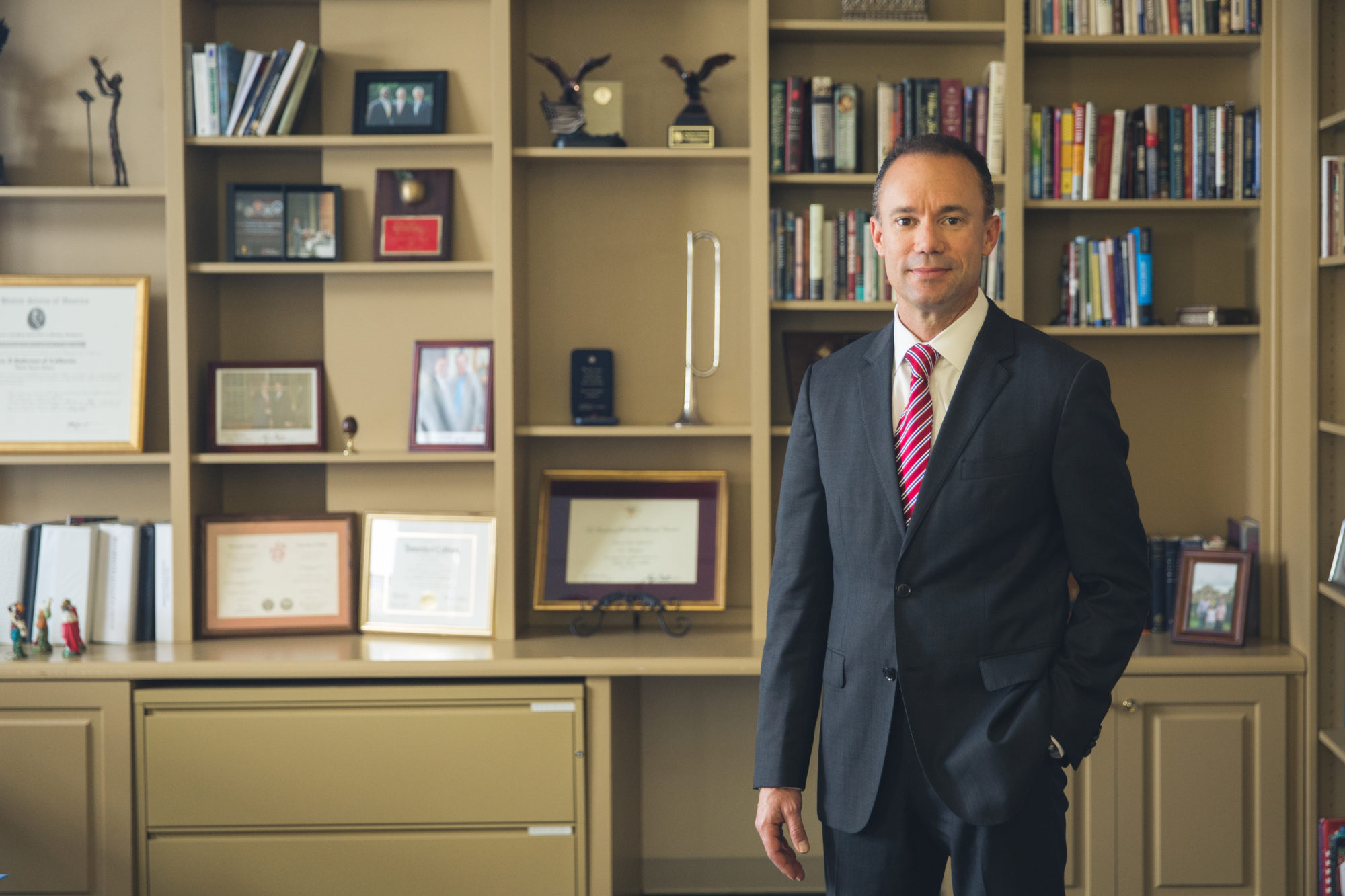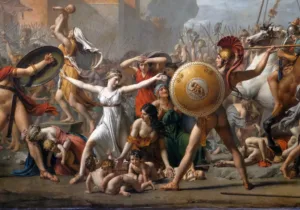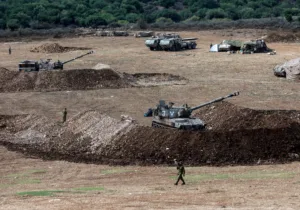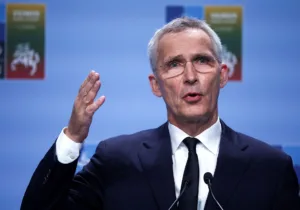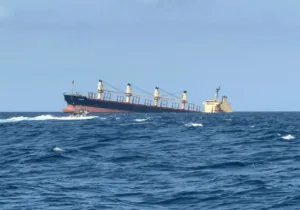“America is a force for good in the Middle East,” trumpeted US Secretary of State Mike Pompeo at American University in Egypt on January 11. Observers expected Pompeo’s Cairo visit to defend President Trump’s drawdown in Syria. Instead, Pompeo systematically dismantled the failed Middle East policies of the Obama administration.
Why Cairo? Pompeo purposefully gave his speech in the same city where President Obama gave his aspirational “New Beginning” speech regarding the Middle East in 2009. When Obama was elected, he derided the policies of his predecessor, George W. Bush, was interviewed by Saudi-backed al-Arabiya shortly after his inauguration, and pledged to travel to the Middle East to make a major policy speech later that year. Obama was selected for the Nobel Peace Prize just weeks after the speech.
Pompeo criticized the Obama era (2009–16) for policies of “wishful thinking,” “grossly underestimating…radical Islamism,” failing to support allies, and “reluctance to wield influence” in the region on behalf of peace and security. Pompeo suggests that the Obama era’s policies were not just piecemeal, but were the result of bad ideas—or better, faulty assumptions—that can be traced to Obama’s famous Cairo speech.
So, what did Obama say at the time? And what did his administration do?
To sustained applause at al-Azhar University, the Muslim world’s most famous educational establishment, Obama spoke glowingly of the Muslim world’s contributions to civilization. He criticized some US involvement in the region and apologized: “America does not presume to know what is best for everyone.” Obama then pointed to seven challenges that particularly bedevil the Arab world, including lack of democracy, the poor status of women, economic freedom within the rule of law, and literacy and development. At the time I was told by several people within the administration that this speech was considered the way forward for the US government, and that people would look back on the “New Beginning” speech as a defining moment reminiscent of John F. Kennedy or Ronald Reagan.
However, prior to Cairo there was no planning for a major new foreign policy initiative in the region. There was no budgeting, no strategic plan, no new interagency team set up in advance of the speech to operationalize the president’s vision. Indeed, the speech surprised most people at the State Department and USAID, and in the days that followed they had to scramble to come up with an “implement Cairo” cell at the State Department.
Three days after the Cairo speech, hundreds of thousands of Iranian citizens took to the streets demanding fundamental freedoms and human rights, but the Obama administration was nearly silent as Tehran cracked down on the Green Revolution. Wall Street Journal reporter Jay Solomon’s book Iran Wars reports that Obama purposefully told US agencies to avoid supporting this mass movement with an eye on building a relationship with the ayatollahs.
Over the next year, the second Arab Spring took off. In December 2010 a young street vendor set himself on fire in response to the degradation and oppression he felt under the authoritarian Tunisian regime. Within six weeks not only had Zine El Abidine Ben Ali fallen, but to everyone’s amazement, so had Hosni Mubarak, a modern pharaoh of the largest and most powerful Arab state. Protests spread like wildfire to Bahrain, Yemen, Syria, Libya, and their neighbors. But the events in the region caught the Obama administration totally off-guard; many embassies were on their own to respond; European allies badgered Obama to help protect their oil interests in Libya until he finally gave in to them; and there was no formal statement of policy for four months.
Indeed, the iconic image of American foreign policy during the second Arab Spring was President Obama kicking a soccer ball with children in Latin America while ordering US airmen to bomb Libya. That resulted in a humanitarian and strategic disaster.
Secretary of State Pompeo thus criticized the troop withdrawals that allowed the Islamic State (ISIS) to rise, the red lines that were not enforced in Syria, Obama cold-shouldering allies like Israel while romancing Iran, and more. Pompeo pointed to the Trump administration’s robust but targeted action in the past two years such as fighting ISIS, targeting Syrian assets for using chemical weapons, dispensing billions in humanitarian aid, rebuilding coalitions and refreshing alliances (including new Middle East Strategic Alliance), and reemphasizing religious and minority rights in the region.
Pompeo concluded, “The self-inflected era of American shame is over. Now comes the real beginning.” The Trump administration’s foreign policy turn has emphasized robust action on behalf of US interests, a narrower military footprint around the globe, clear distinctions between friends (Israel) and enemies (Iran), and a pragmatic approach to coalitions and alliances. Time will tell if the ideas and actions of this administration result in better results than the Obama era of vacillation and strategic uncertainty.
—
Eric D. Patterson is a professor and past dean of the Senator A. Willis Robertson School of Government at Regent University and the author or editor of a dozen books, including most recently Just American Wars: Ethical Dilemmas in U.S. Military History (2018).
Photo Credit: US Secretary of State Michael Pompeo visiting the Cathedral of the Nativity in Cairo, Egypt, on January 10, 2019. State Department photo.
